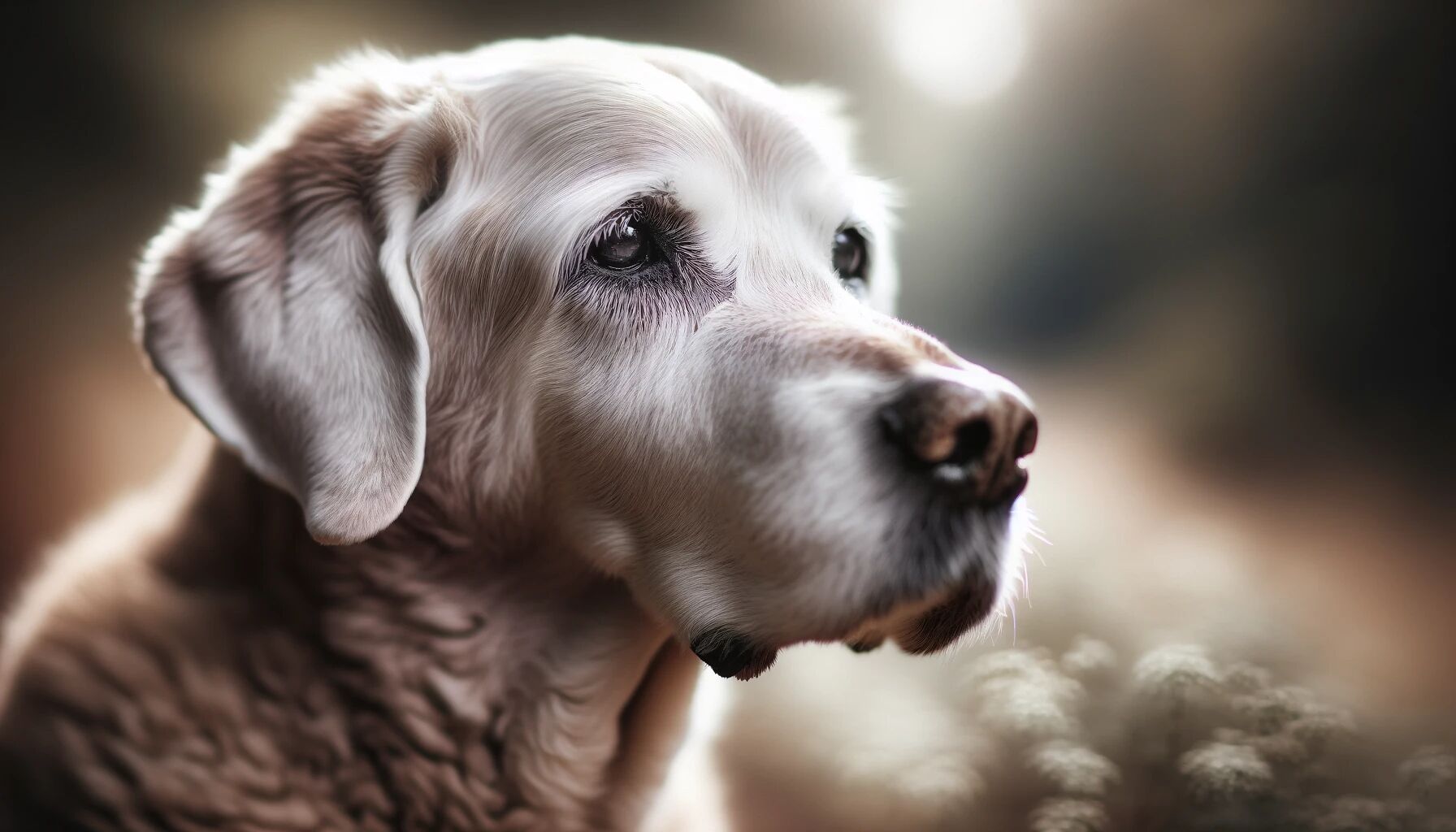Introduction
Dogs, much like humans, go through distinct stages of life, each with its own set of physical and behavioral changes. Understanding these stages is crucial for providing the appropriate care and support your canine companion needs as they age. This article delves into the science of canine aging, helping owners recognize the signs of aging and how to ensure their pets remain healthy and happy throughout their lives.
Puppyhood and Adolescence
Puppyhood is a time of rapid growth and development. During this stage, which typically lasts until about six months to a year, puppies learn to socialize, play, and start their basic training. Proper nutrition, vaccinations, and early socialization during this period are crucial for their overall health and development.
Adolescence in dogs, similar to that in humans, brings about behavioral changes. This stage usually starts around six months and can last until the dog is about two years old. During adolescence, dogs may exhibit more independence and may challenge training and authority. Consistent training and positive reinforcement during this time are key to managing these behavioral changes.
Adult Stage
The adult stage in a dog's life is generally marked by a plateau in growth and a stabilization in behavior. This stage typically lasts from around two years of age until they are about six to seven years old, depending on the breed. Adult dogs require regular exercise, balanced nutrition, and ongoing mental stimulation to maintain their health and well-being.
During this stage, preventive health care becomes crucial. Regular check-ups with a veterinarian, dental care, and monitoring for any signs of illness are important. This is also a time when dogs solidify the training and behaviors they learned in their earlier years, making continued training and reinforcement beneficial.
Senior Years
The senior stage in a dog's life is often characterized by a gradual slowdown and may come with various health challenges. Small breeds are generally considered senior at around ten to twelve years of age, while larger breeds may reach this stage sooner, around eight years of age.
Common signs of aging in dogs include decreased mobility, loss of hearing or vision, weight gain or loss, and changes in behavior. It's important to adapt their environment, diet, and exercise routine to their aging needs. Regular veterinary visits become even more crucial to manage any age-related health issues.
Conclusion
Understanding the stages of canine aging is key to providing the best care for your dog at every stage of their life. From the playful puppy years to the golden senior days, each phase comes with its own joys and challenges. By recognizing and adapting to these changes, dog owners can ensure their furry friends lead a full, healthy, and happy life.

 Breeds of the World
Breeds of the World